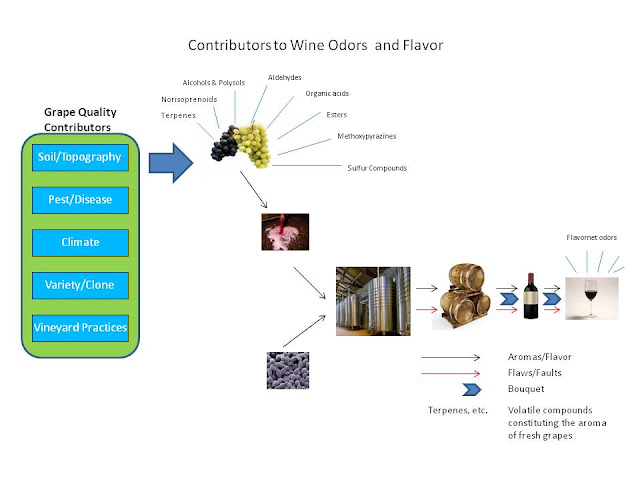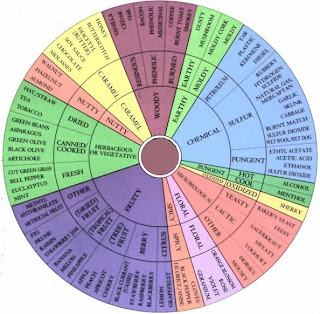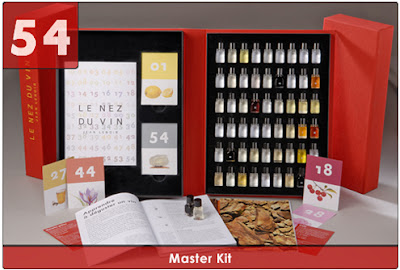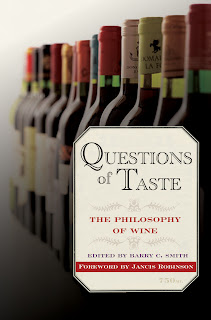 |
Dr. Konstantin Frank
|
"Only Excellent. Good wine is not good enough for humans - only excellent will do."--Dr. Konstantin Frank
Once upon a time, the wines of the Finger Lakes region of upstate New York were little more than boozy grape juice, and those who produced them had resigned themselves to mediocrity. Believing that it was simply too cold in the region to grow quality, vitis vinifera grapes, winemakers of the region had long relied on the simple, sugary wines made from cold-hardy native American and French hybrid grapes like Concord and Catawba. It would take the persistence and dedication of a maverick mad scientist to turn the Finger Lakes into the impressive wine-producing region it is today.
Once upon a time, the wines of the Finger Lakes region of upstate New York were little more than boozy grape juice, and those who produced them had resigned themselves to mediocrity. Believing that it was simply too cold in the region to grow quality, vitis vinifera grapes, winemakers of the region had long relied on the simple, sugary wines made from cold-hardy native American and French hybrid grapes like Concord and Catawba. It would take the persistence and dedication of a maverick mad scientist to turn the Finger Lakes into the impressive wine-producing region it is today.
In 1951, the prayers of those who desired great wine were answered with the arrival of Dr. Konstantin Frank, a 54-year-old Ukrainian immigrant, to the region. Although in the old country Dr. Frank had been a respected viticulturist, English was not one of the nine languages he spoke, so in New York he was forced to take a low-level, menial labor job at the Geneva Research Station, a grape research facility at Cornell University. Once he had found his in, Dr. Frank immediately began urging the local winemakers to experiment with planting vinifera grape varieties. He explained that his thesis at the Odessa Polytechnic Institute had been on techniques for growing vitis vinifera in a cold climate, and that if it could be done in the below-freezing winters of Ukraine, it could certainly be done in slightly milder New York.
 |
Winter in the Finger Lakes
|
As most mad scientists are at first, Dr. Frank was ridiculed by the local winemaking community. His idea that the failure of vinifera wines in the region was due not to icy temperatures but to the lack of proper rootstock was viewed as ludicrous (although admittedly, he may have hurt his case by telling women who drank labrusca wines that they would be unable to get pregnant as a result). The ornery Ukrainian viticulturist, however, refused to give up. After much perseverance, he finally was able to convince local sparkling wine producer Charles Fournier to give him a chance. Together, they planted thousands of Chardonnay and Riesling vines grafted onto hardy rootstock in Quebec, Canada, and then waited patiently until 1957, when the vines proved Dr. Frank's hypothesis to be correct.
Shortly thereafter, Dr. Frank founded Vinifera Wine Cellars, which will celebrate its 50th anniversary next month, in Hammondsport, New York. The first vintage, a trockenbeerenauslese Riesling, was released in 1962, and upon tasting the success for themselves, other winemakers sheepishly began to follow suit. The Finger Lakes region is now home to more than 100 wineries producing wines made from vinifera grapes, the best of which are often bone-dry, aromatic Rieslings, although great success has been had with Pinot Noir, Cabernet Franc, Chardonnay, and Gewürztraminer as well. More recently, experimentation with Austrian varieties such as Blaufrankisch and Grüner Veltliner has led to pleasing results.
 |
Keuka Lake in Autumn
|
In addition to Dr. Frank's Vinifera Wine Cellars, now run by Konstantin's grandson Frederick Frank and still producing some of the best wines in the state, top Finger Lakes producers include Sheldrake Point, Red Tail Ridge, Ravines, Hermann J. Wiemer, and Hearts & Hands. These wines are still sorely under-appreciated in the national marketplace, which makes them a little hard to find on the West Coast, but luckily more and more are finding their way here. The easiest to find include bottlings by Ravines, Red Tail Ridge, (particularly their earthy and unusual Lemberger (a synonym for Blaufrankisch), and of course, the descendants of Dr. Frank himself. If you haven't tried the wines of the Finger Lakes, you are missing out. But if you, like myself, have tried them and loved them, then you can thank Dr. Konstantin Frank.



.JPG)


.JPG)
.JPG)























